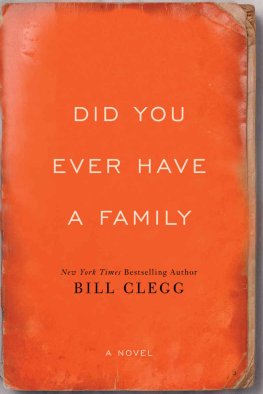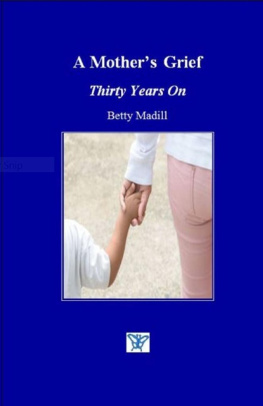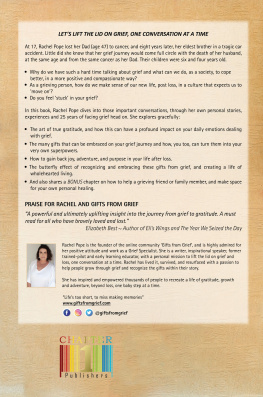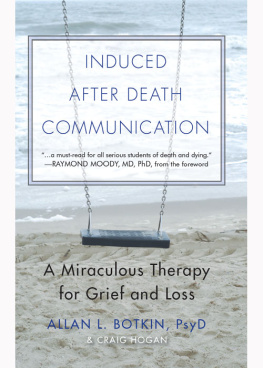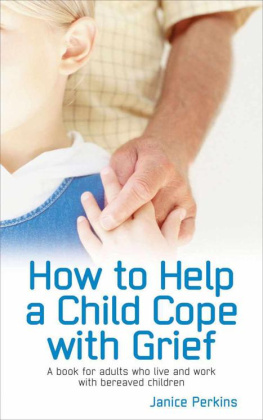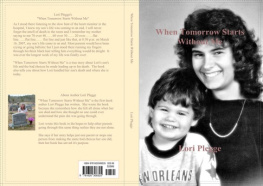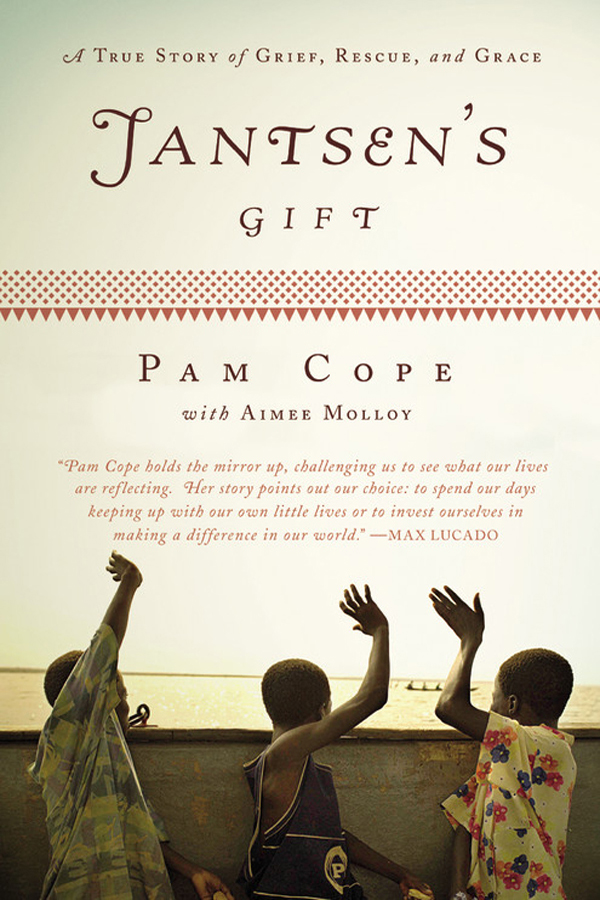Names have been changed in the manuscript to protect privacy. Mai and Edward Lang and Sister Minh and her husband Thao are all pseudonyms.
Copyright 2009 by Pam Cope
Afterword Copyright 2011 by Pam Cope
Reading Group Guide Copyright 2011 by Hachette Book Group
All rights reserved. Except as permitted under the U.S. Copyright Act of 1976, no part of this publication may be reproduced, distributed, or transmitted in any form or by any means, or stored in a database or retrieval system, without the prior written permission of the publisher.
Grand Central Publishing
Hachette Book Group
237 Park Avenue
New York, NY 10017
Visit our website at www.HachetteBookGroup.com
www.twitter.com/grandcentralpub
Originally published in hardcover by Grand Central Publishing.
Second eBook Edition: August 2011
Grand Central Publishing is a division of Hachette Book Group, Inc.
The Grand Central Publishing name and logo is a trademark of Hachette Book Group, Inc.
The publisher is not responsible for websites (or their content) that are not owned by the publisher
ISBN: 978-0-446-55146-5
[A] skillfully written account of finding hope after grief.
Kirkus Reviews
Inspiring beautifully told Its a powerful story, and I defy anyone to read it without shedding a few tears.
Buffalo News
Relevant, moving, and thoroughly engaging This groundbreaking book is destined to change many hearts and minds around the world.
Arkansas Democrat Gazette
A profound reminder of what a difference one person can make in the world.
Washington Parent
A wonderful story of a woman whose personal tragedy gave birth to a gift and how she fulfilled that legacy to make the world a better place.
Publishers Weekly
To the boy we left behind in Atigangome Kope,
and the hundreds of thousands of other children like him,
whose names weve not yet learned.
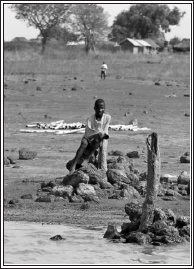

W riting a book is truly a collective effort. I will never take credit for writing this book. Without Aimee Molloys collaborative spirit and creative mind, this book would not be half of what it became. Not only was I blessed with an amazing writer but theres no one else with whom I would rather have shared this journey, from the streets of Saigon to the back roads of West Africa.
Jamie Raab, thank you for wanting to publish my story and also for editing the manuscript. With your gifts and talents it was fine-tuned and you were able to push us all to make this book something I will always be proud of. Thank you, Dennis, for sharing your wife during a crisis in your personal life. Jamie you are a great example of courage and endurance.
Thank you to Heather Schroeder at ICM for acting on your gut instinct while reading TheNew York Times on the train one morning. You made this happen and fought for this book you believed in.
My hat goes off to New York Times reporters Sharon LaFraniere and Joo Silva for doing their job. Thank you for climbing into that carved-out canoe on Lake Volta and standing in the gap for these children who do not have a voice. Your journalism and photography will forever change the lives of children in Ghana and around the world.
Thank you George Achibra and Fred Asare, who love their country and believe in Ghana. These two men believe in education and have laid their lives down for the least among us day after day by opening their homes to orphaned children and leading by example of how we should serve children in crisis.
Id like to thank Dana and Marilyn Daniels, whose monthly support in the beginning provided the shot of encouragement we needed to keep going.
I cannot go without thanking my wonderful husband Randy. Without you I would not be the half-sane woman I am today. I love you most because you have such a Daddys heart and have loved each one of your children to the very core of their being. Thank you for not giving up on me.
Last, and most importantly, I want to thank my creator and Heavenly Father. Thank you, God, for sustaining me and encouraging me to put one foot in front of the other when my life was so dark and hopeless.
Pam Cope
Any writer would fail to find the words sufficient to express how grateful I am to Pam, for sharing this story with me, and everything else shes given to me during this process. And thanks to Randy, for sharing his wife, his insights, his support, and his amazing sense of humor.
Thanks to Jamie Raab for making a great story into a great book and to Sara Weiss and Laura Jorstad for their dedication and hard work. Special thanks to Kris Dahl at ICM for suggesting this project to me, and for all her support.
And thanks to Patrick, Abby, Ryan, Brigid, Mary, Kevin, and Caite, for reminding me why its so important to tell stories like this; to Mark and Megan, for their support during this process, in more ways than one; to Bob and, especially, to Moira, for traveling to the far ends of the world to share this journey with me; and, of course, to my mom and dad, whove taught me the real meaning of what it means to come home. And, now, most of all, to my husband, Mark, for being the best addition to this part of the book, and the best thing thats happened to me.
Aimee Molloy
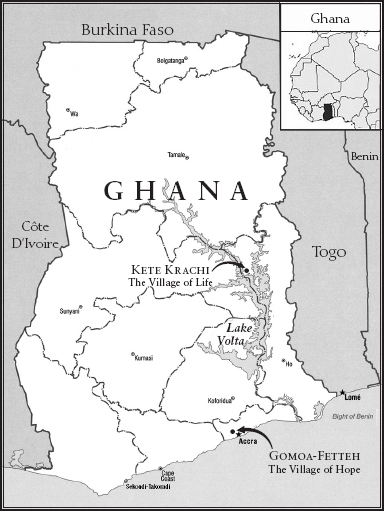

I n late October 2006, I was sitting on a bed in a Hilton Hotel room, high above Times Square. My husband, Randy, and I had decided to take a last-minute vacation to New York City to see Mamma Mia! with our friends, and it had been a great weekend filled with long meals, lazy naps, and one annoying show tune that I just could not get out of my head. That Sunday morning, Randy had gone out for a walk, and as I rested my book on my lap and watched the cream form volcano clouds in my coffee, I drank in the stillness of the room. With two eight-year-old children at home, quiet, undisturbed moments like this were far too rare. But the tranquility I felt at that moment was about to be shattered as Randy rushed through the door, holding a copy of The New York Times.
Put that book down, he said, youve got to read this. As I took the paper from him, I saw the photograph on the front page: a tiny African boy, standing in the shadows of what looked like a mud hut. He wore an adult-size T-shirt printed with an image of the Little Mermaid. The shirt swallowed him whole: The collar was so worn and stretched, it hung down near his navel, revealing the bones in his chest and scars on his skin. Its hem nearly touched the floor, making it appear as if he were wearing a dress. But it was the haunted look in his eyes that truly seized me.
I took my time and read the article slowly. When I finished, I got up from the bed and walked to the window, which glowed orange and pink from the lights off Times Square. A soft rain was falling outside, and I watched the thousands of people milling about under dark umbrellas dozens of stories below me.


